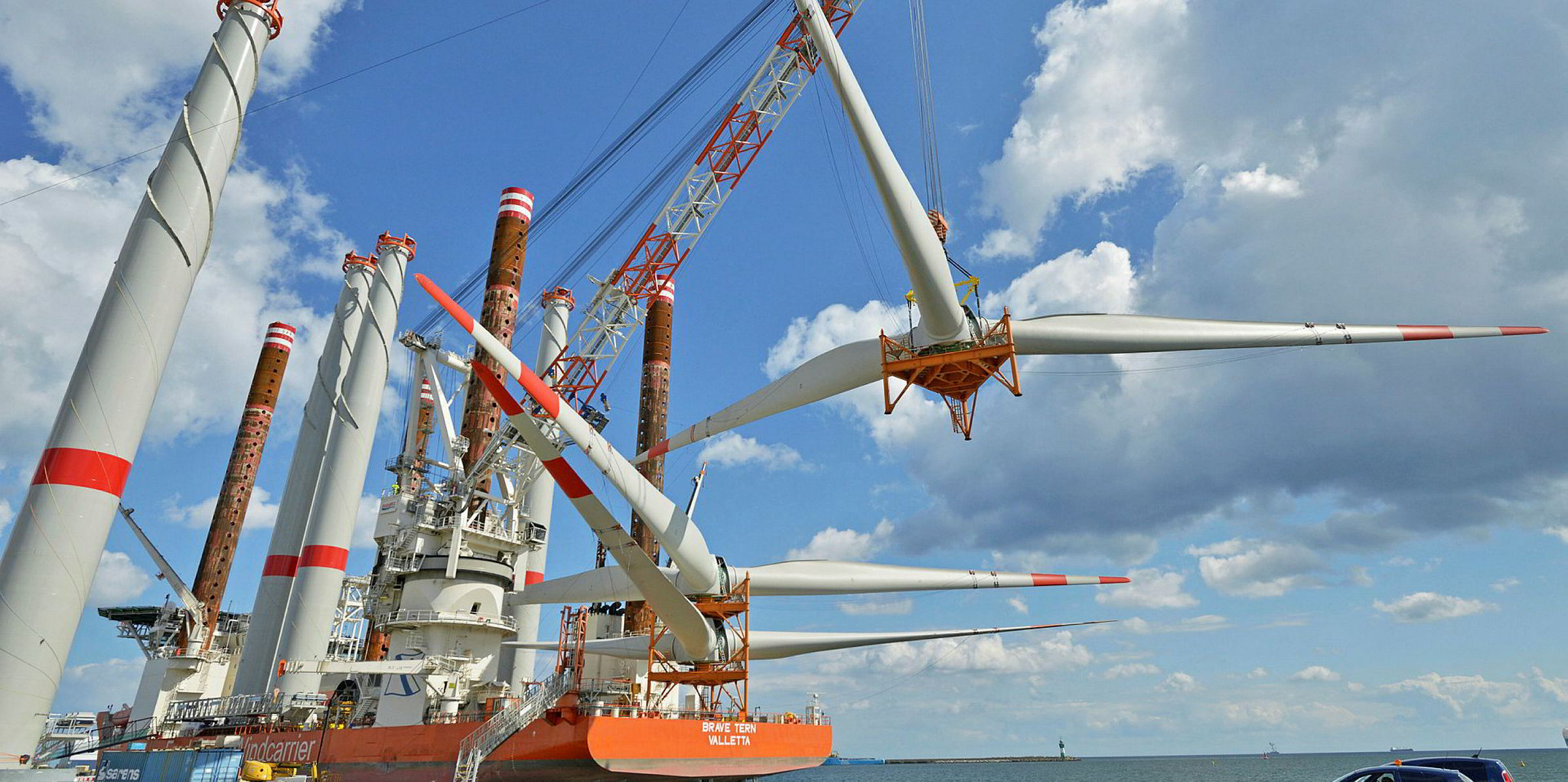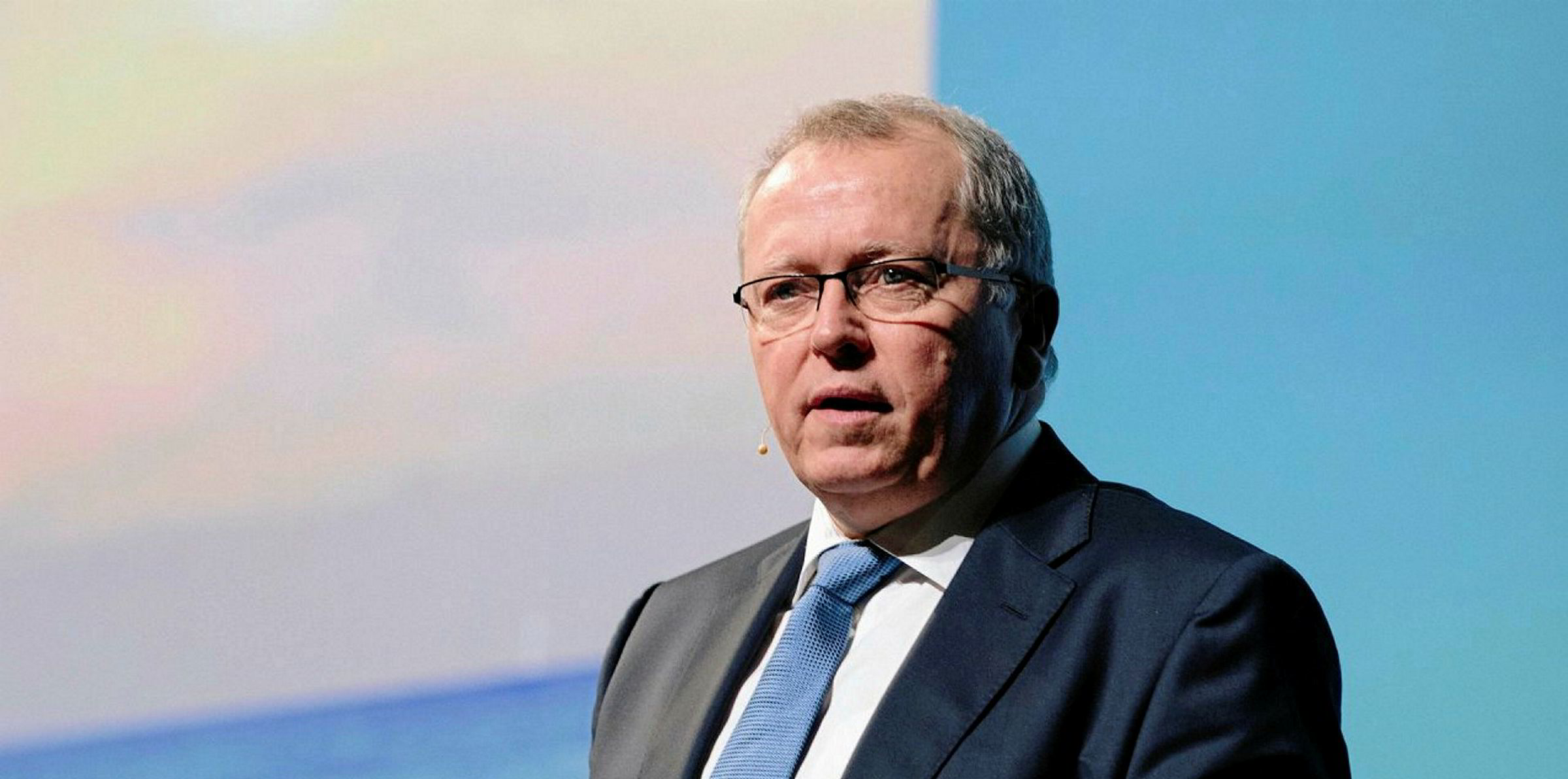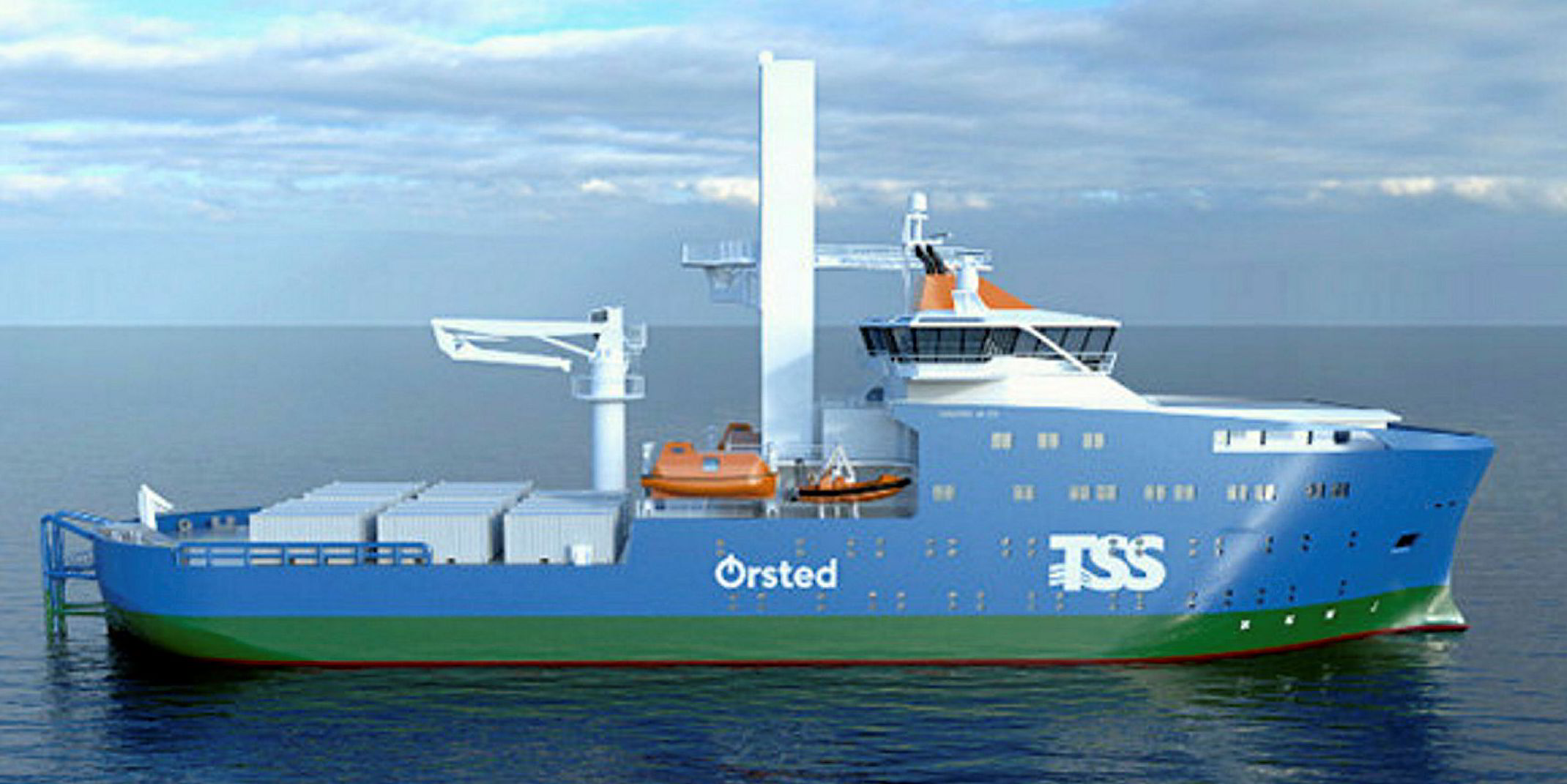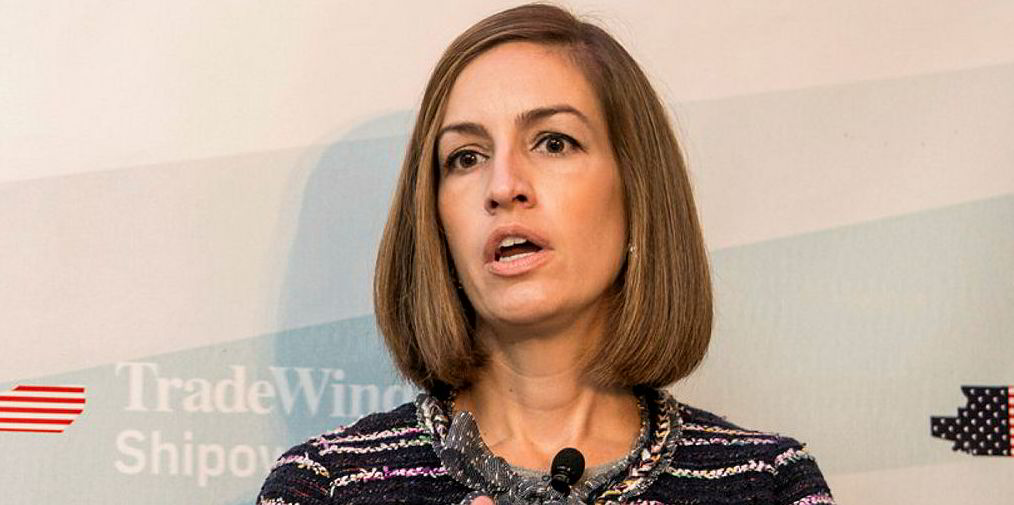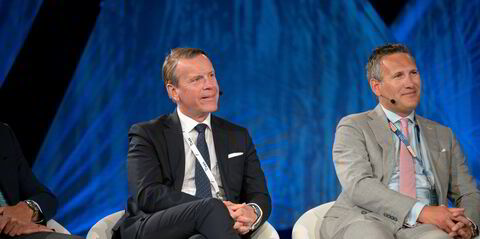A slowing in the growth of offshore wind turbine size could provide shipowners with the perfect window to order the vessels needed to serve the expanding sector.
Clarksons Platou Securities head of research Turner Holm reckons companies have been holding back on new vessel contracting as they watched turbines growing ever larger in recent years.
According to Clarksons Platou Renewables' calculations, the recently announced 14 MW turbine from Siemens Gamesa has the potential to achieve a nameplate capacity of 18.5 MW, without increasing its size.
If this turns out to be the case, new vessels will not become outmoded like their predecessors, Holm believes.
“The continuing race to lower the cost of electricity generated by offshore wind farms has historically led to wind turbines growing larger in size, which has helped to lower the cost of electricity, but it has also created inefficiencies in the supply chain.
“With the rapid growth in physical size slowing, even though power output is still rising, certain positive effects may be seen in the supply chain.”
Greater numbers of more efficient ships are needed to handle the next generation of turbines, Holm argued.
“It’s kind of like an iPhone, going from the 7 to the 7S: it’s the same thing but it’s faster,” he said of the latest turbines.
“It’s an interesting thing for the vessel size. These things are so big, it’s created a massive pressure on the vessel guys and the supply chain more generally. They have doubled in size in seven years.”
A 12 MW turbine is 140 metres high, with 107-metre blades — longer than a football pitch.
“Trying to figure out how to move the damn things is not that simple. Ships are supposed to have a 25-year life, but if the turbines keep getting bigger on you, you don’t really have the confidence to invest,” Holm said.
'An expensive asset could be obsolete in a few years'
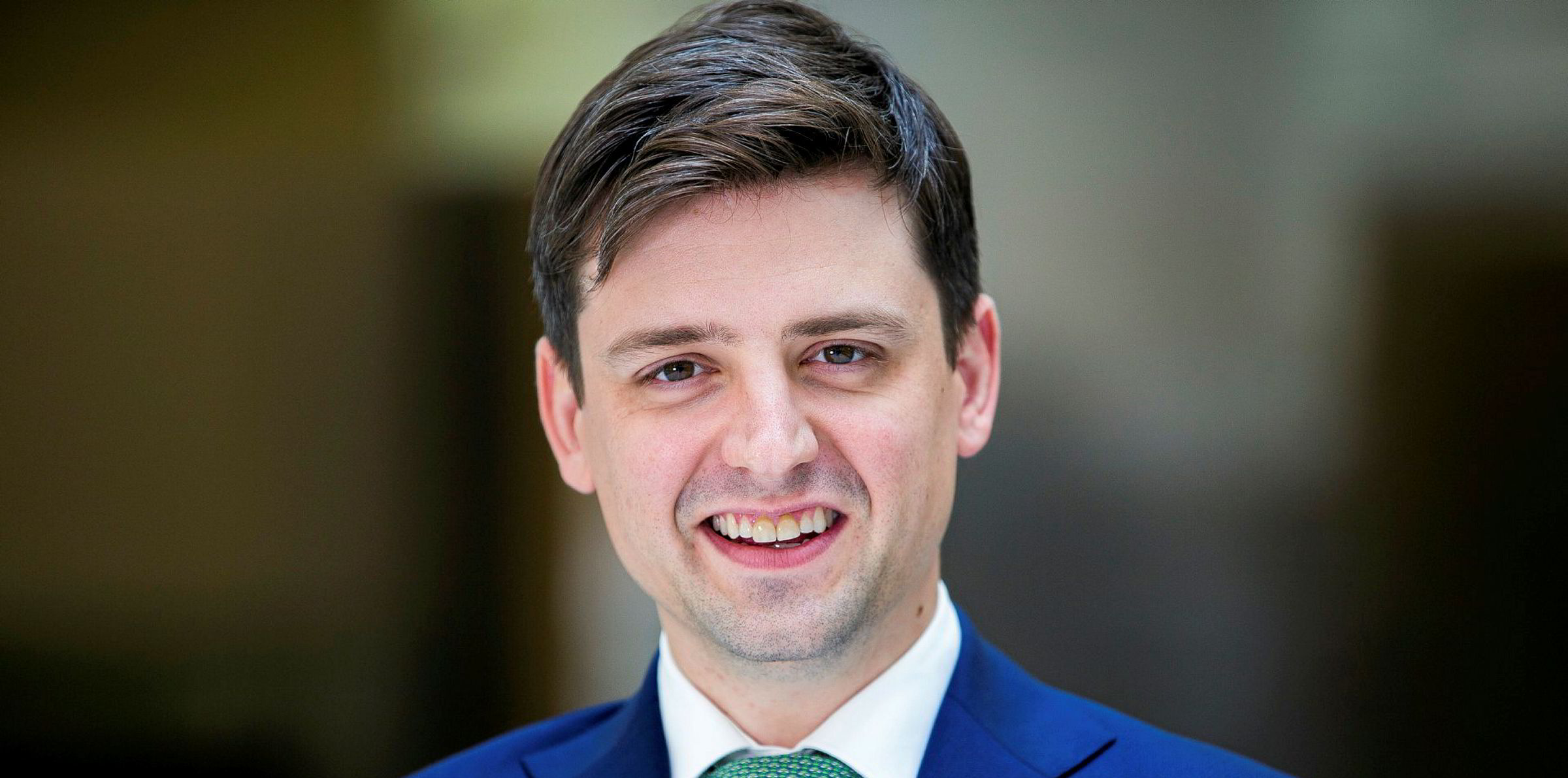
“Given the large costs — $250m to $300m — associated with a newbuild, owners have been hesitant to pull the trigger on an expensive asset that could prove obsolete in a few years' time.”
Norway’s Equinor is already tendering for three or four new service operation vessels, which can maintain offshore turbines and carry workers out to them.
Then there are the jack-up wind turbine installation vessels (WTIVs), which transport structures out to sea in the first place.
There is a small orderbook of these units, with three under construction and 15 on the water. Belgian offshore company Jan De Nul paid about €300m ($335m) for a new one last year.
“In the current low power price environment, we think offshore wind developers will strongly prefer the most efficient assets, making the newest fleets the winners in the wind game,” Holm said.
Pretty remarkable
“Offshore wind is still small, but based on government plans, it would be very, very large indeed; you’re talking 40% to 50% of the grid in the UK by the end of the decade.”
Only 10% of UK power came from this source last year. Holm called this projected increase “pretty remarkable”.
He explained that turbines are not getting bigger because design optimisation and new software mean lighter materials can generate more power.
“Vessel owners should have more confidence to invest now,” he said.
The jack-ups are more affected by the physical size of turbines.
Norway’s Fred Olsen Windcarrier had jack-up vessels built in 2014.
“In any other segment this would be considered quite a new vessel, but we’ve now doubled the size [of turbines], so the vessels are struggling to keep up,” Holm said. “You need bigger ships that are a lot more efficient.”
Next-generation machines

A spokeswoman for Fred Olsen Windcarrier told TradeWinds it has just ordered a new crane for its 15,328-gt offshore support vessel Brave Tern (built 2012).
“After installation, the vessel will be able to install foundations and next-generation turbines. So, at the moment, we are investing in upgrading our vessels to meet future demand.”
When work on the Brave Tern is complete in 2022, the 1,600-tonne leg-encircling crane will be the biggest in the market.
Maersk is also said to be seeking to build a new WTIV, and other well-known shipping names are looking into the space.
Martin Helweg, chief executive of Middle East offshore vessel player P&O Maritime Logistics, told TradeWinds that its fleet already includes ships that support the wind industry in the North Sea and South East Asia.
One of its T-Class OSVs, the 6,133-gt Topaz Tangaroa (built 2019), is a diesel-electric light subsea vessel contracted to support wind farms in the southern North Sea, he said.
“Renewable energy is an increasingly important part of the global energy mix, hence also a critical growth market for us.”
Turbine installation is forecast to rise from 600 per year globally in 2020 to 1,000 by 2023 and 1,500 by 2025, although these figures exclude China, which is a closed market.
It takes three years to build new ships, however.
Some oil and gas support vessels have been converted for wind projects. Holm said: “They can do that work, but the problem is they’re not really built for purpose, and the industry has a preference for purpose-built.”
Dutch wind-power company Sif Group, which makes monopile foundations for offshore turbines, has said the industry seems unaffected by the Covid-19 pandemic, with tendering rounds progressing as planned and developers pushing towards construction start.
